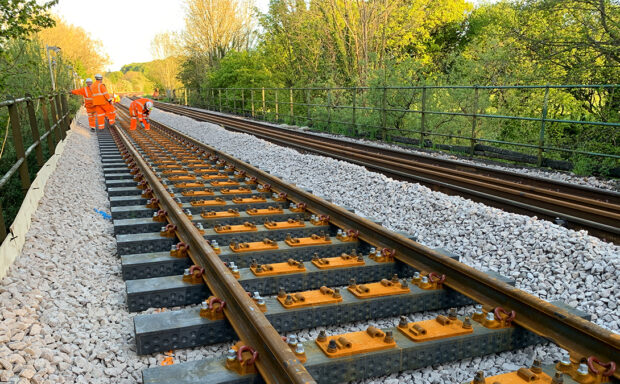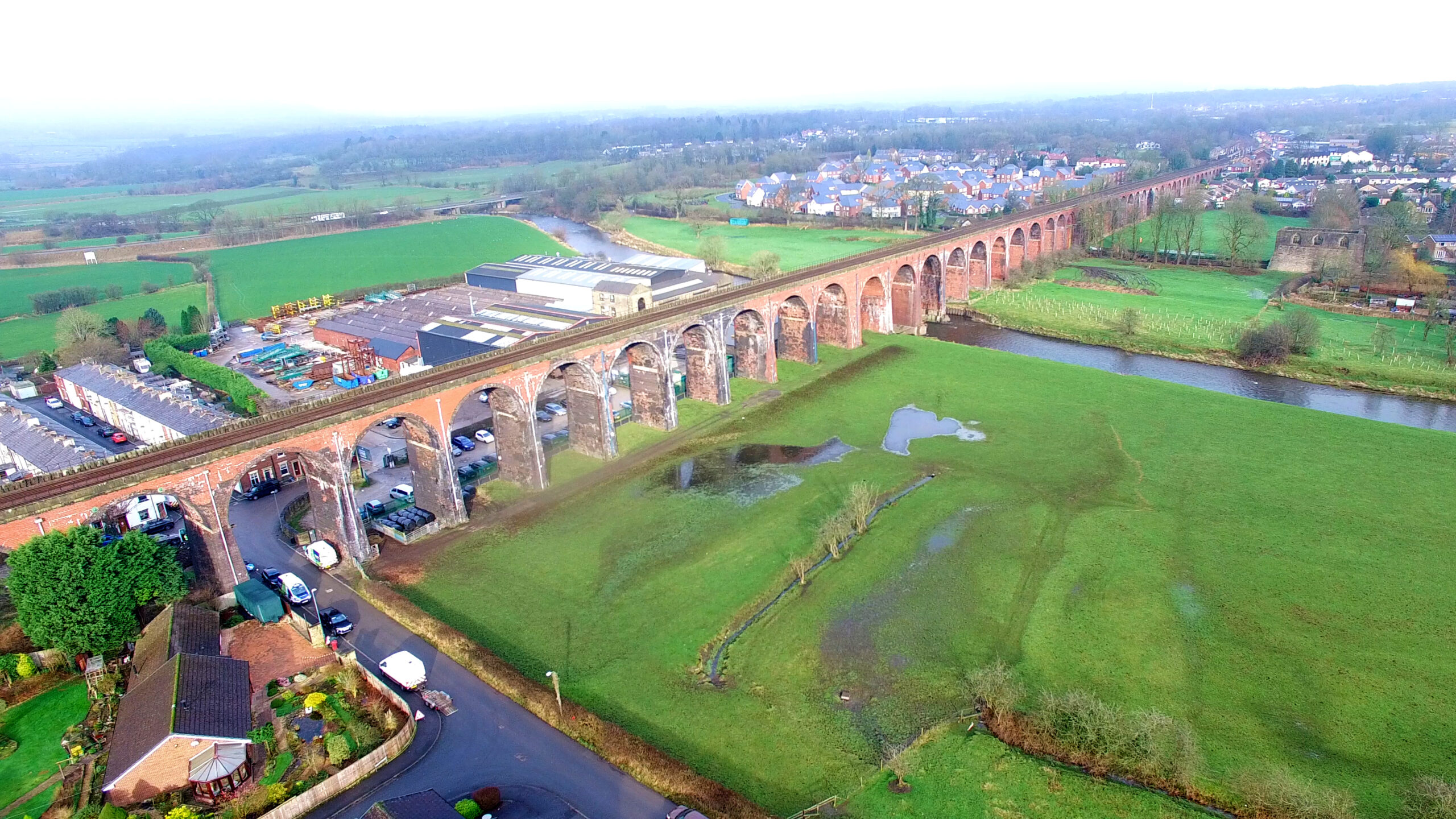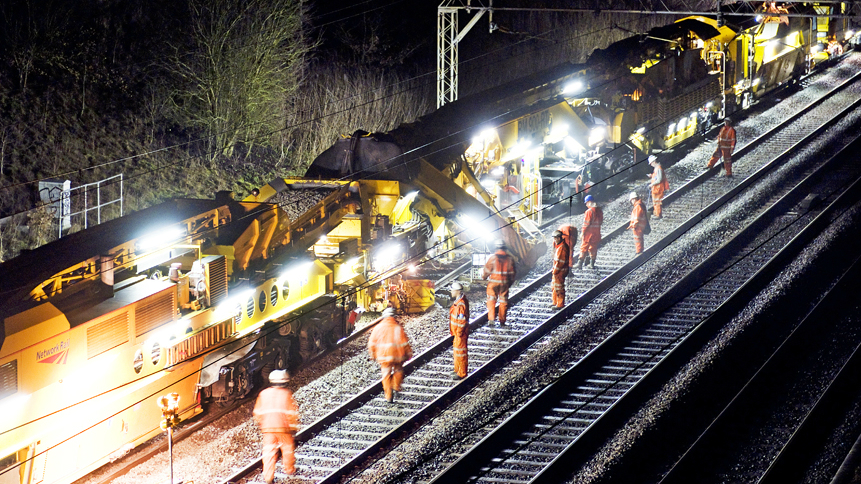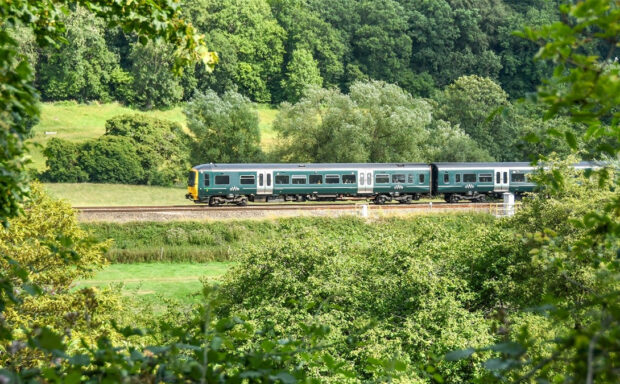This 3 December, some of our biggest railway stations turned purple for International Day of Disabled Persons.
Each year, the day celebrates the economic and leadership contribution of disabled employees – something we’re proud to support.
Find out how we’re working to make our railway equally accessible to all:
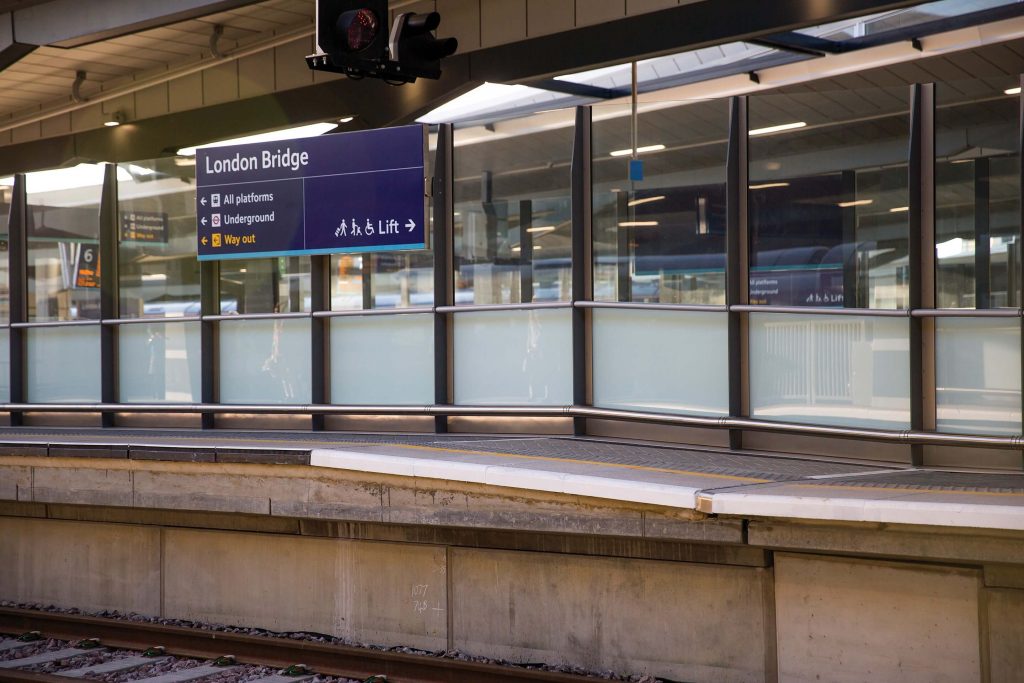
Most of today’s railway was designed during the Victorian era. Today we have a better understanding of how our built environment should provide wider access and inclusion for everyone. There are almost two million blind and partially sighted people in Britain, and one in six people is deaf or hard of hearing.
Inclusive design
This is the aim to deliver spaces and places for everyone. It’s a core design principle that leads to greater accessibility, convenience and enjoyment. It puts people at the heart of the design process, ensuring they can use the railway safely, easily and with dignity. We have adopted inclusive design to remove barriers that create undue effort, separation or special treatment so that everyone can participate equally, confidently and independently.
Safety
Inclusive spaces and places are safer because they are designed with people’s needs. Our improvements include:
- Induction loops and reliable real-time information that ensure hearing-aid users receive safety announcements, updates on delays and platform alterations.
- Automatic lifts that give an audible tone when the doors open and close.
- Staircases and platform edges that have tactile warning surfaces.
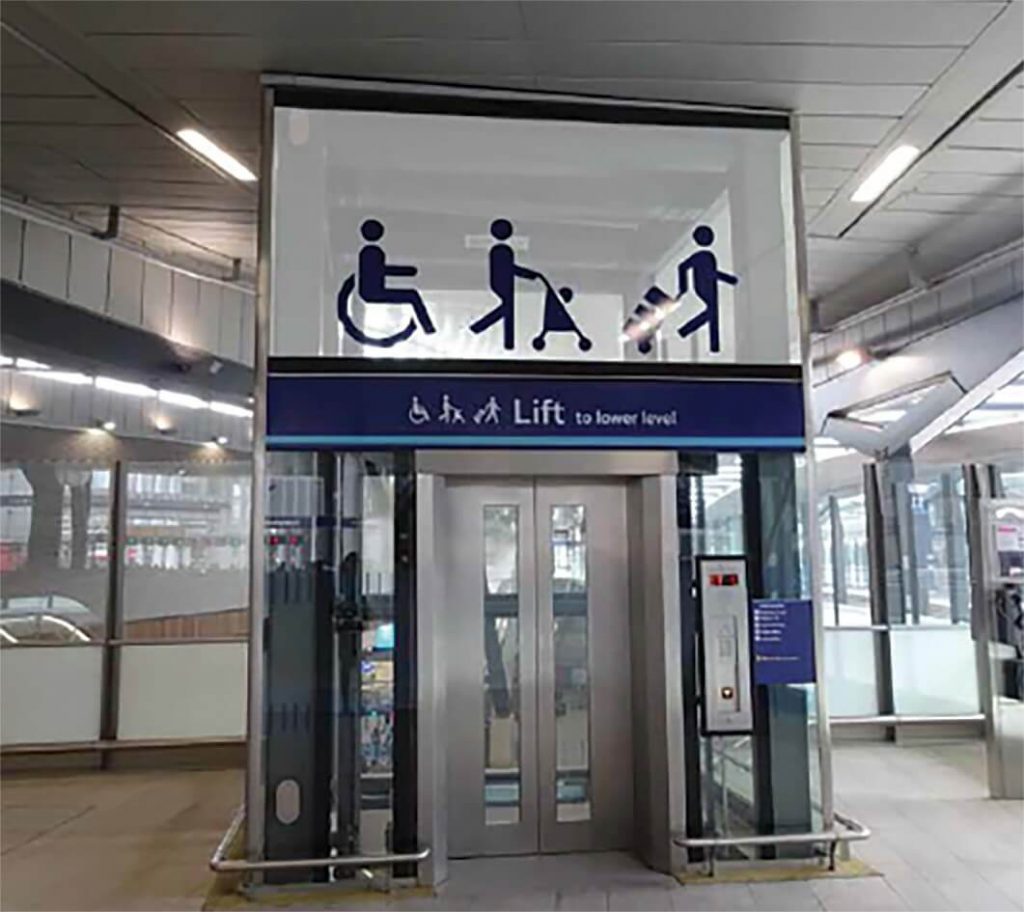
London Bridge station (pictured above) is a high-profile example of the work we have been doing to improve access and inclusion for passengers. The final phase of the station’s redevelopment this year has included braille under handrails, which means passengers will be able to feel braille signage underneath handrails and know which platform they’re heading towards.
Pre-recorded announcements also help people who struggle to hear public announcement systems due to voice pitch and speaker clarity; digital announcements provide pre-recorded messages that are crystal clear.
Expertise and education
Network Rail has established the Built Environment Access Panel (BEAP) to support our approach. It provides expert technical and strategic advice to our project teams, particularly on major, challenging or contentious projects. The panel, which provides practical and pragmatic advice, consists of disabled and older people who are inclusive design experts. Members understand accessibility, transport and the role our railways play in opening up opportunities and improving quality of life.
We are also supporting the government’s Built Environment Professionals Education Project, which aims to embed inclusive design into professional education and training. The project’s vision is that every newly qualified built environment professional will have the attitude, skills and knowledge needed to deliver accessible and inclusive buildings, spaces and places.
Find out about the Access for All stations improvement programme

